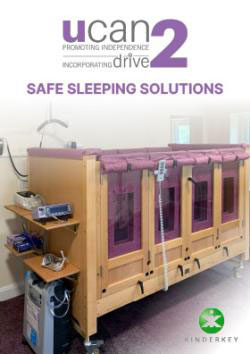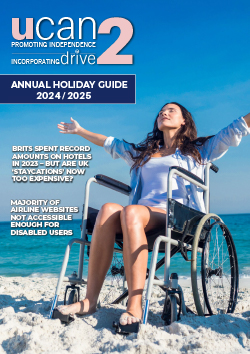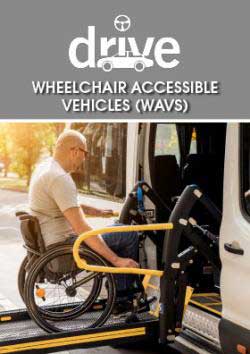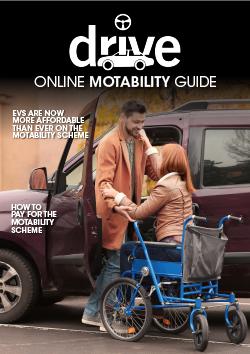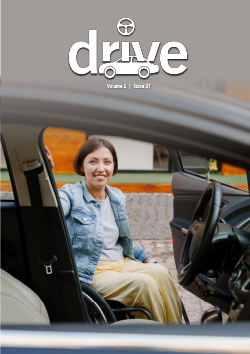Automatic cars are as popular as ever, and they can often be easier to dive if you’re living with a disability. So, if you currently have a manual and you’re thinking about switching, should you buy a new automatic car or convert your vehicle? Here, Mark Barclay from GSF Car Parts gives his advice to help you decide.
The number of automatic cars on Britain’s roads has increased by around 70% since 2007, according to data released by the Society of Motor Manufacturers and Traders (as reported by The Telegraph). But why are they so popular?
An automatic vehicle contains something called a torque converter, which transfers the power from the engine to the transmission. It takes the place of the clutch pedal in a manual and, because you don’t need to manually change gear, drivers across the UK are preferring the ease and safety with which they can drive an automatic. And, for people living with a disability, not having to press the clutch pedal or even move the gear stick while driving can make things a whole lot easier.
With automatic transmission becoming increasingly more popular in the form of electric and hybrid vehicles, it’s likely that manual cars will disappear from the UK’s roads in a matter of years (RAC). So, if you haven’t already, you should make the switch.
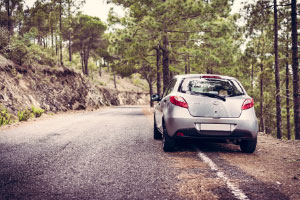 But if you currently have a manual, how can you change to an automatic?
But if you currently have a manual, how can you change to an automatic?
Buy new
Trading your car in for an automatic model would be the easiest choice, and you’ll have the added benefit of some more modern technologies and extra perks that are only available in newer car models. But often automatic cars can be more expensive to buy than a manual vehicle, even if you buy second-hand. And, if you already have modifications made to your car, like a people lift or wheelchair hoist, you’re going to have to reinstall them which could end up costing you even more money.
Convert to automatic
Converting a manual car to an automatic is quite a common modification for people who have disabilities that can affect their mobility, which could make manual driving a challenge. But a full modification could also prove difficult and could be more expensive than buying a new car.
Because automatic cars are controlled through an internal computer, your car’s existing computer will need to be removed, replaced and rewired as part of the conversion process. This is why older cars are often easier to convert to automatic, since they tend to have much fewer computerised parts. A mechanic will also need to replace the gearbox console and engine control unit, remove the manual clutch system and install the automatic transmission, among other things.
Opt for a semi-automatic
Converting to an automatic can be an extremely complicated and specialist process. That’s why it can often be a better option to convert to a semi-automatic, which uses the same computers as an automatic in the place of a clutch pedal, but all the other manual components can remain. This means that you’ll be able to switch gears manually with the gear stick, without having to use the clutch pedal.
Because fewer components need to be removed or replaced, the conversion process to turn your manual into a semi-automatic is often a lot easier and cheaper to carry out than if you were to convert to a fully automatic transmission.
However, the movement from one gear to another isn’t as smooth as in a fully automatic or manual vehicle, so you may want to consider a dual-clutch transmission, which uses one clutch to control even-numbered gears and another to control the odd numbers. This allows for a much smoother transition and doesn’t require a clutch pedal, so this may be the best option if you want to keep all your other modifications but remove the clutch.
Making the switch to an automatic could be a lifechanging move if you’re driving with a disability. Whether you choose to buy a new car or convert your current one, the tips in this guide will help you decide which option is the best for you.






